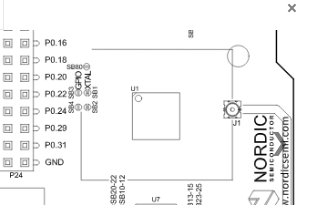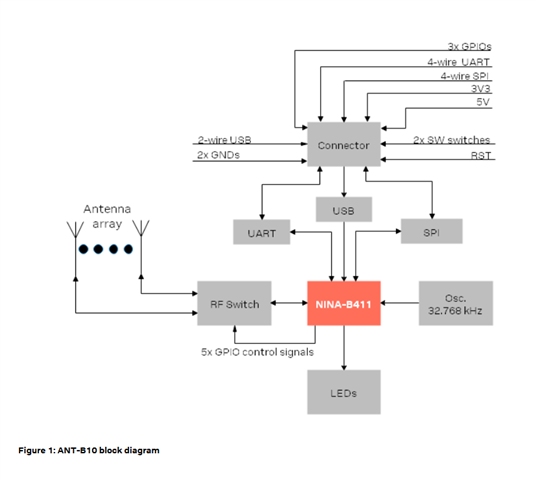When working with the direction finding central code, would we need to have the antenna array connected to the central development kit and then have another kit running the regular Bluetooth: peripheral sample code? I am working with the nrf5340 development kits and u-blox ANT-B10 antenna array board. I am also having trouble finding the correct connector for the antenna array board. Any help would be greatly appreciated.




